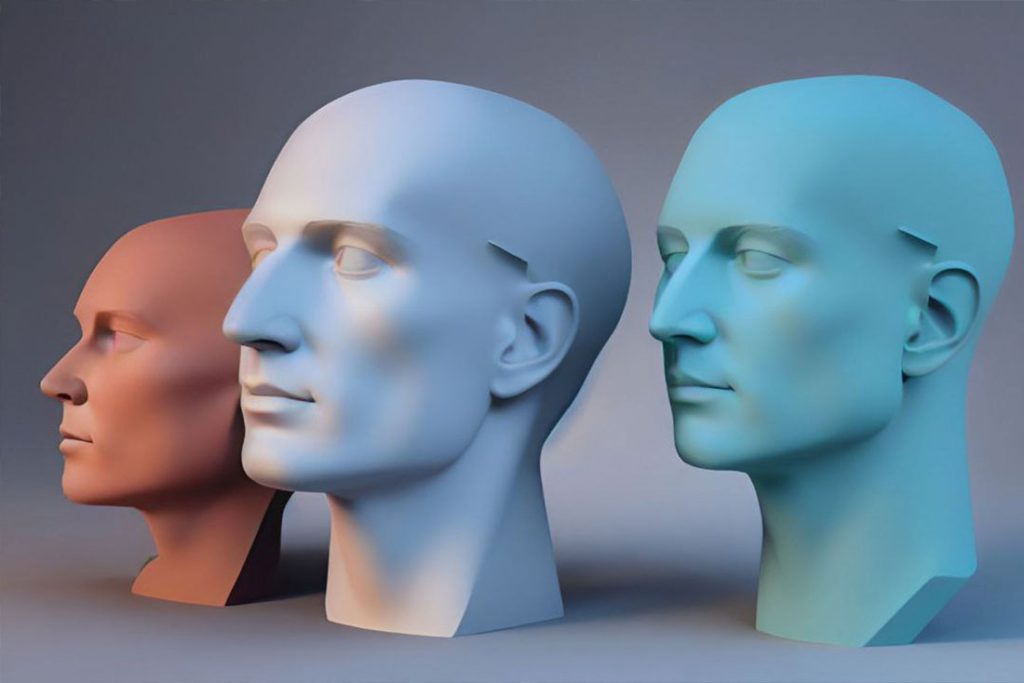The Cosmetologist’s Guide to Understanding and Managing Hair Loss
In the realm of beauty and personal care, hair loss is often a sensitive and emotionally charged topic. Clients frequently turn to their cosmetologists as the first point of contact for advice and solutions. This comprehensive guide aims to empower cosmetologists with an in-depth understanding of the various aspects of hair loss. From types and treatments to myths and emotional consequences, this article is a one-stop resource for those in the beauty industry.

Understanding the Hair Growth Cycle
Before diving into the specifics of hair loss, understanding the basic hair growth cycle is crucial. Hair grows in a continuous cycle that includes three primary phases: the anagen (growth), catagen (transitional), and telogen (resting) stages.
Anagen Phase
- Lasts two to six years.
- Rapid cell production in the hair follicle.
- About 90% of hair is in this phase at any given time.
Catagen Phase
- Lasts one to two weeks.
- The follicle canal shrinks and detaches from the dermal papilla.
Telogen Phase
- Lasts three to six months.
- About 10% of hair is in this phase.
- Natural shedding occurs, averaging 50-100 hairs per day.
Types of Hair and Their Role in Hair Loss
Hair comes in three main types: lanugo, vellus, and terminal hair. Understanding these can offer insights into hair growth patterns and potential issues.
- Lanugo: Found on fetuses, typically sheds within a few weeks of birth.
- Vellus: Commonly known as “peach fuzz,” helps in regulating body temperature.
- Terminal: This is the hair we usually think of — it grows on the scalp, face in males, armpits, and genital regions. It’s thicker and often darker than vellus hair.
Recognizing Different Types of Hair Loss
Androgenic Alopecia
- Also known as male-pattern baldness or female-pattern baldness.
- Affects about 50% of males and approximately 30 million females in the U.S.
- Characterized by a receding hairline and gradual disappearance of hair from the crown and frontal scalp.
Alopecia Areata
- An autoimmune disorder leading to unpredictable hair loss.
- May be identified by small, round patches of baldness.
Telogen Effluvium
- Temporary hair loss typically on the scalp.
- May result from stress, diet, or a recent childbirth.
Traction Alopecia
- Results from hairstyles that pull the hair too tightly.
- Commonly seen in people who frequently wear tight braids or ponytails.
Treatment Options
Medical Treatments
- Minoxidil: Available as a liquid or foam, usually applied twice daily to the scalp.
- Finasteride: An oral medication available by prescription.
Surgical Options
- Hair Transplant: Involves removing small patches of scalp from a “donor site” and relocating them to a bald or thinning area.
Non-medical Alternatives
Cosmetologists can assist clients with wigs, toupees, or extensions.
Myth Busting
- Myth: Shaving makes hair grow back thicker.
- Fact: Hair growth is determined by genetics.
- Myth: Scalp massages can promote hair growth.
- Fact: While they improve blood circulation, there’s no conclusive evidence to suggest they promote hair growth.
The Emotional Toll of Hair Loss
Dealing with hair loss is emotionally stressful for many people. As a cosmetologist, you are in a unique position to provide emotional support and practical advice. You should aim to educate your clients that while medical and surgical options are available, they are not within the cosmetologist’s scope of practice.
The Role of Cosmetologists in Recognizing Scalp and Hair Diseases
Having a thorough understanding of hair and scalp disorders helps cosmetologists recommend treatments for common hair loss or identify when a client needs to consult a healthcare provider.
Conclusion
Hair loss is a multi-faceted issue with medical, psychological, and aesthetic implications. Cosmetologists play an important role in helping clients manage this challenge effectively. By understanding the nuances of hair growth, types of hair loss, and potential treatments, cosmetologists can offer more comprehensive advice and referrals. They serve as a crucial link in the chain, bridging the gap between layman’s understanding and medical expertise. By educating themselves thoroughly, cosmetologists can add significant value to their client relationships and overall practice.







